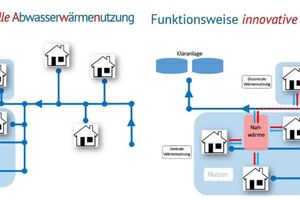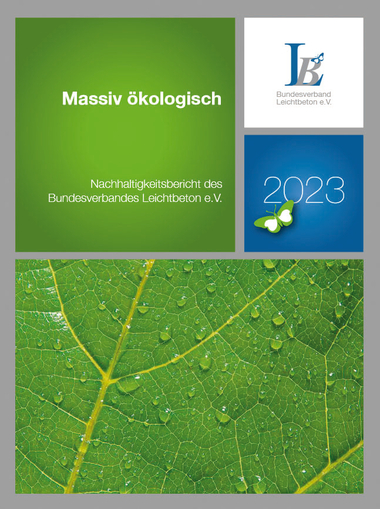Sustainable heat recovery from wastewater
in practical application
At the 2015 World Climate Conference in Paris, it was agreed to limit global warming to a maximum of 1.5°C and to reduce greenhouse gas emissions accordingly. Utilizing previously unused industrial or commercial waste heat can make a significant contribution to achieving this goal. Wastewater has been used for heat generation since the 1980s. It is intended for the potential of waste heat recovery
to be significantly increased by means of the innovative InnoA2 approach. This can significantly improve the economic efficiency of wastewater heat utilization by using waste heat from industrial plants, data processing etc., thus enabling many more consumers to be supplied in this way. The concept involves transferring waste heat from decentralized producers to the wastewater stream by means of heat exchangers or direct discharge and raising the wastewater temperature.
The heat can subsequently be extracted and utilized again downstream. Utilizing decentralized, previously unused sources of waste heat and making dual use of the existing sewer infrastructure for wastewater discharge and heat distribution, the innovative approach is highly economical and makes a significant contribution to reducing primary energy demand and greenhouse gas emissions. The heat exchangers can be operated directly in sewers or in external plants using the bypass principle. Installation in existing sewers involves less construction work. Concrete and reinforced-concrete pipes are particularly suitable for new construction, as these can be equipped with the respective heat exchangers at the factory. There are surface exchangers, which are positioned in the bottom area of the pipes, and spiral-type heat exchanger tubes, which are placed in the pipe walls and are advantageous in the case of high partial filling levels. To counteract biogenic sulfuric acid attack depending on wastewater temperature and composition, the pipes can be lined with HDPE inliners (Fig).






